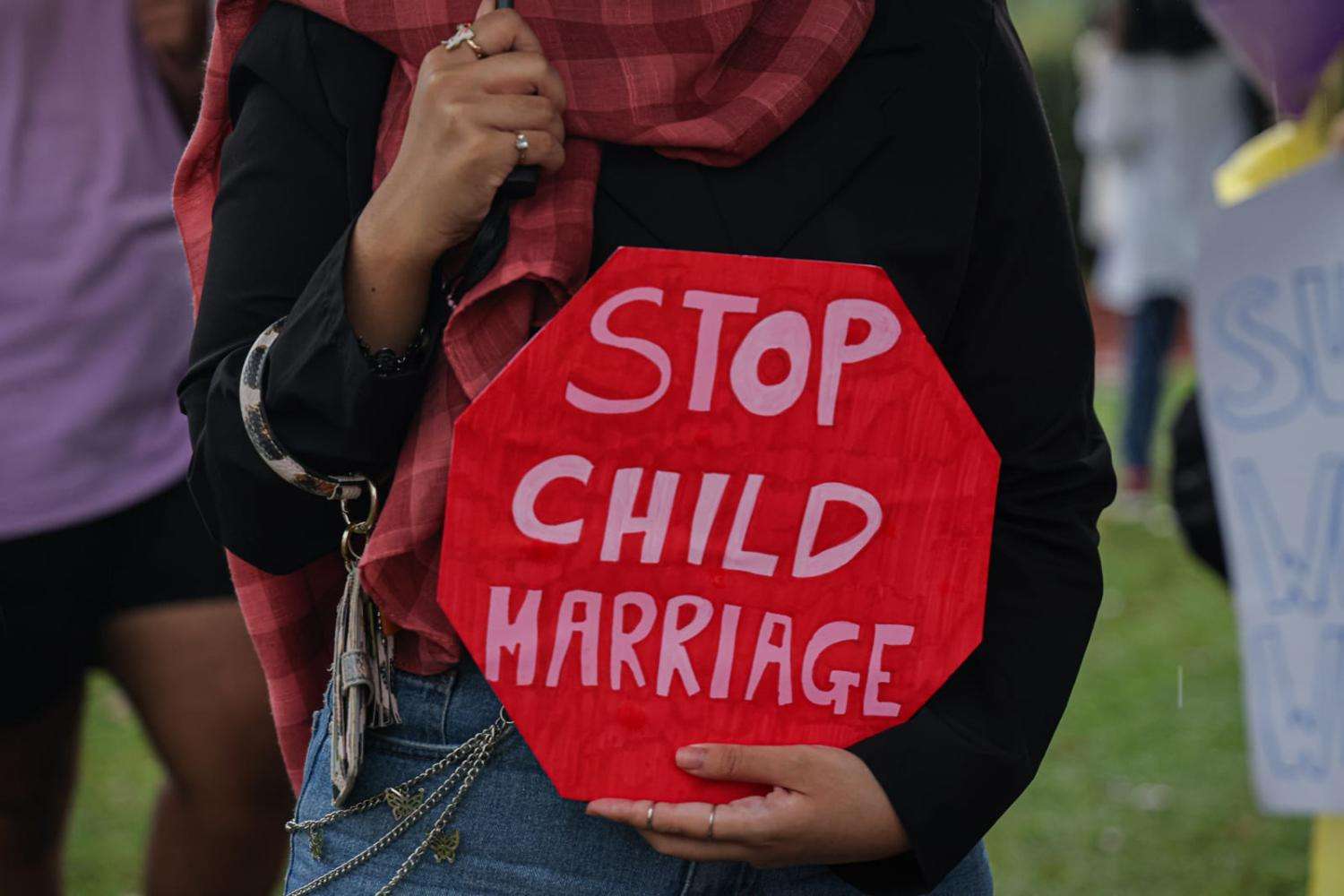
This blog was first published on The Interpreter for the Lowy Institute.
Child marriage is a global problem that cuts across countries, cultures, and religions – and the ASEAN region is no exception. Child marriage is considered a form of forced marriage as children cannot consent. Girls are the primary, but not exclusive, target and the numbers are high. For example, 11% of women in Vietnam (majority being ethnic Mong women), 33% of Laos females and an estimated 1.2 million females aged 20 to 24 in Indonesia, marry before the age of 18. Meanwhile, Thailand is one of 20 countries with laws that protect men from criminal prosecution for rape if they marry their victim.
And while not every child marriage involves trafficking in persons, there is an important overlap. Studies suggest that certain features of a marriage arrangement can heighten the risk of children being trafficked for the purpose of forced marriage or being trafficked within a forced marriage: payment of a bride price and other dowry practices can lead to women and girls being treated as commodities; sham or fraudulent marriage practices used to facilitate irregular migration can lead to exploitation of the child, including trafficking, and girls brought to other countries through marriage often become isolated and dependent on their spouse, increasing the risk of abuse and exploitation, including trafficking.
Identifying and responding to such cases poses significant challenges for law enforcement and victim protection.
Countries need to establish and enforce comprehensive legislation that criminalises all child marriage and aligns with international human rights standards.
Marriages are typically seen as private family matters, making it difficult to detect and investigate potential trafficking. Victims are often reluctant to come forward or cooperate with authorities and they face many barriers to seeking help. These include shame, fear of retribution by their spouse or his family, lack of trust in police and authorities, fear that their children will be removed, lack of access to support services, isolation, language barriers and immigration status concerns for themselves and their children.
Legal frameworks play a crucial role in preventing child marriage. But their efficacy depends on officials being aware of the potential links between certain marriage practices involving children and human trafficking and how to identify them. This requires training along with robust enforcement mechanisms and the removal of legal loopholes that may allow the practice to continue. Cross-border cooperation between countries is essential for addressing the transnational nature of child and forced marriages and human trafficking.
In Southeast Asia, as in any region, addressing the problem requires a comprehensive whole-of-society approach involving legal reforms, interagency cooperation, public awareness, capacity building, and victim-centred support services. Countries need to establish and enforce comprehensive legislation that criminalises all child marriage and aligns with international human rights standards. Laws must work in tandem with community-based efforts to shift social norms and expand opportunities for girls to prevent child marriage. Other effective interventions could include mandatory birth and marriage registration to verify ages, training law enforcement and judicial actors in gender-sensitive practices, and engaging civil society and youth in policy development and monitoring.
The ASEAN Commission on the Promotion and Protection of the Rights of Women and Children (ACWC), supported by the Australian government-funded ASEAN–Australia Counter Trafficking program (ASEAN-ACT), is leading the development of a regional guideline to prevent child and forced marriage in the context of trafficking in persons. The guideline aims to provide a comprehensive framework for addressing these human rights violations by aligning national and regional efforts with international human rights standards, and by promoting partnerships between government and non-government organisations to work together to protect vulnerable children. This will ensure access to justice when trafficking for forced marriage occurs.
Development and agreement on the new guideline will be an important first step towards addressing this issue. It will require commitment by all stakeholders to disrupt and prevent transnational child and other forced marriages and human trafficking. Education about the links between child marriage and trafficking is needed so the dangers are recognised and to avoid the grave harms caused by child and forced marriage. It will also require effective cooperation and information sharing between countries to address the complex transnational elements of this crime.
For the world to meet the UN’s Sustainable Development Goal to eliminate child marriage by 2030 efforts need to be significantly bolstered. The ASEAN-led initiative to develop a regional framework to assist in identifying and responding to child marriage and transnational trafficking is a key step in the right direction. However, ASEAN members, and all countries, need to step up measures to effectively address the underlying drivers of child marriage and trafficking in persons – poverty, the economic and social vulnerability of women and girls, and cultural practices that continue to allow or even encourage child marriage.
The views in this article are the authors’ alone and are not necessarily the views of the Australian government. ASEAN-ACT is funded by the Australian government and implemented by DT Global.